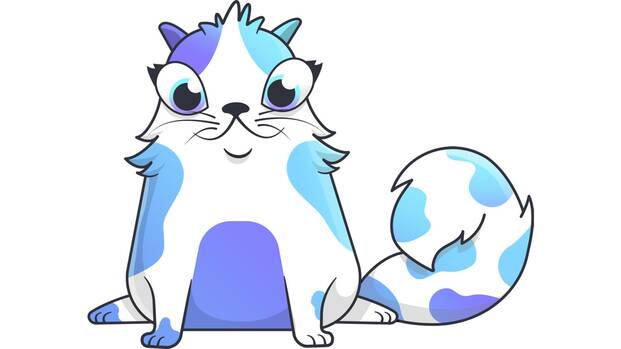Does ChatGPT dream about cryptographic cats?
Back in 2017, the tech world seemed to be constantly talking about a single subject: Blockchains. Two years ago, Vitalik Buterin revolutionized the nascent field by creating Ethereum. Ethereum was at the time a cryptographic protocol that would allow people to make distributed computations, without having to blindly trust the entire network. It was built on Bitcoin’s concept of blockchain: a distributed, unalterable public ledger of transactions secured through enormous amounts of computing power. But it was not just an alternative currency like Bitcoin. Ethereum was able to run any sort of computation, and could not only be used as a ledger for ETH, but as a database for distributed applications.

This technological breakthrough led to a lot of promises being made at the time:
- it would help us build smarter energy grids
- it would prevent voter fraud and pave the way to direct democracy
- it would simplify medical records
- it was the “Driver of the Fourth Industrial Revolution”
- it was the “Next Generation of the Internet”
Sadly, Ethereum had a few issues. First, it was extremely slow. Unlike traditional distributed systems, its fault-tolerant nature required every node to run every computation. This also made the system costly, as node owners were to be compensated with a “gas fee” for running computations. And in addition to that, a public read-only ledger is by definition a privacy nightmare, and would not fare well with laws like the GDPR or HIPAA. Everybody wanted a secure, decentralized internet, but nobody wanted a slow, costly, and overly-public internet.
While Ethereum has improved on many of its past technical issues, almost none of the wild promises made in 2017 have been fulfilled. However, Ethereum has been for the past few years one of the wildest avenues for financial speculators. Not only people can speculate on the price of ETH, but also on derivative tokens. After a wave of ICOs (the crypto equivalent of a penny stock entering the market), speculators decided to stop pretending to bet on anything that made sense and started trading jpeg files. The “CryptoKitties” application soon became the biggest hit on the Ethereum network.

In 2023, everyone in the tech world is talking about Generative AI. Last year saw the release of multiple image generation models such as DALL-E 2, Stable Diffusion, and MidJourney. Also notably, OpenAI decided to tease the upcoming GPT-4 text generation model, by repackaging its GPT-3 model in the form of a chatbot: ChatGPT.
Just like Ethereum, those are truly impressive technological breakthroughs. In less than a decade, image generation models went from being able to create vaguely psychedelic patterns (DeepDream) to completely generating paintings in the style of any popular artist. In the same way, text generation models are now good enough, they could easily be mistaken for a human. Thankfully, ChatGPT kindly discloses it’s an AI language model when asked.
This progress in AI also comes with its set of crazy promises:
- generative language models could replace search engines
- AI could replace educators, financial analysts, software engineers, journalists, and graphic designers
- AI could give legal advice and potentially replace lawyers
- we have finally reached the “singularity”
This optimism seems to forget a few limitations of this technology, which I did ask ChatGPT itself to tell us about:
- Lack of understanding: Generative models may generate outputs that lack context, meaning or coherence.
- Computational costs: Training generative models can be computationally expensive and require large amounts of data and computing power.
- Bias in data: If the training data is biased, the model may generate outputs that reflect this bias.
- Mode collapse: Models may generate limited outputs and fail to cover the diversity of the data.
- Overfitting: Generative models may memorize the training data and fail to generalize to new data.
- Explainability: Generative models are often complex and difficult to understand or explain, making it challenging to assess their decision-making processes.
But just like Ethereum, it looks like ChatGPT is already attracting financial speculators. Last week, BuzzFeed, an usually pretty un-noticeable penny stock, rose by more than 300% on the simple news that the company would make use of generative AI. As the quote goes, “History never repeats itself, but it does often rhyme”.